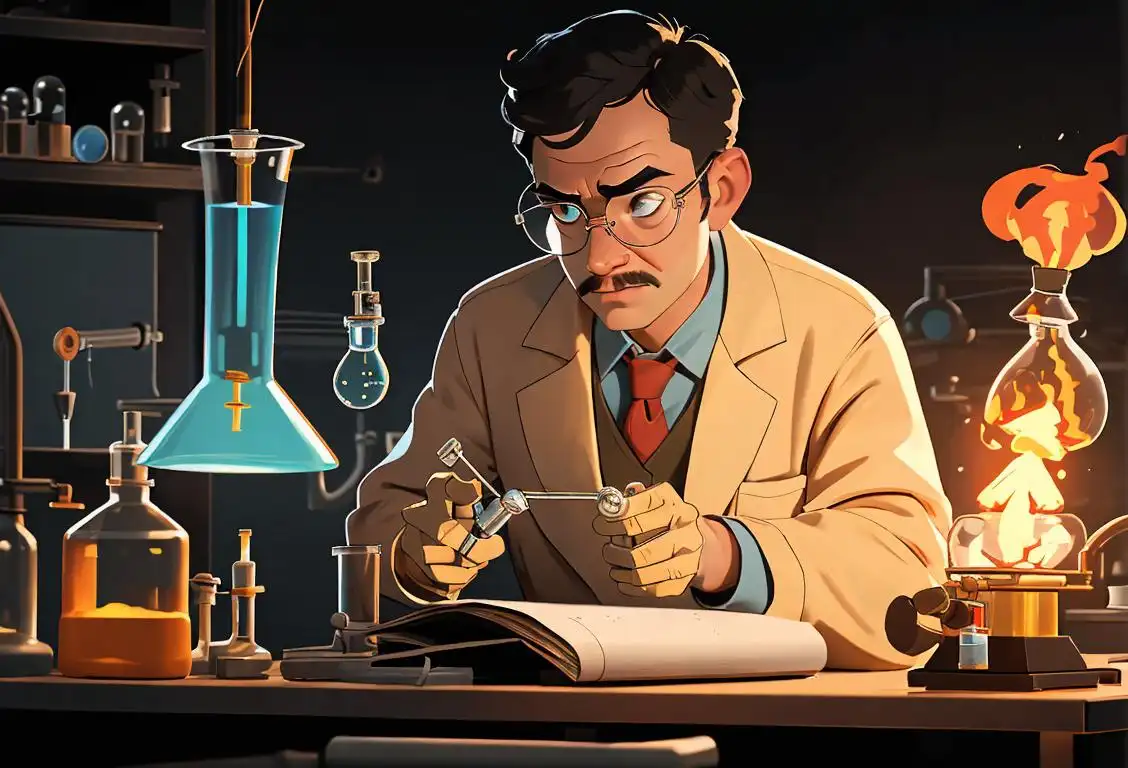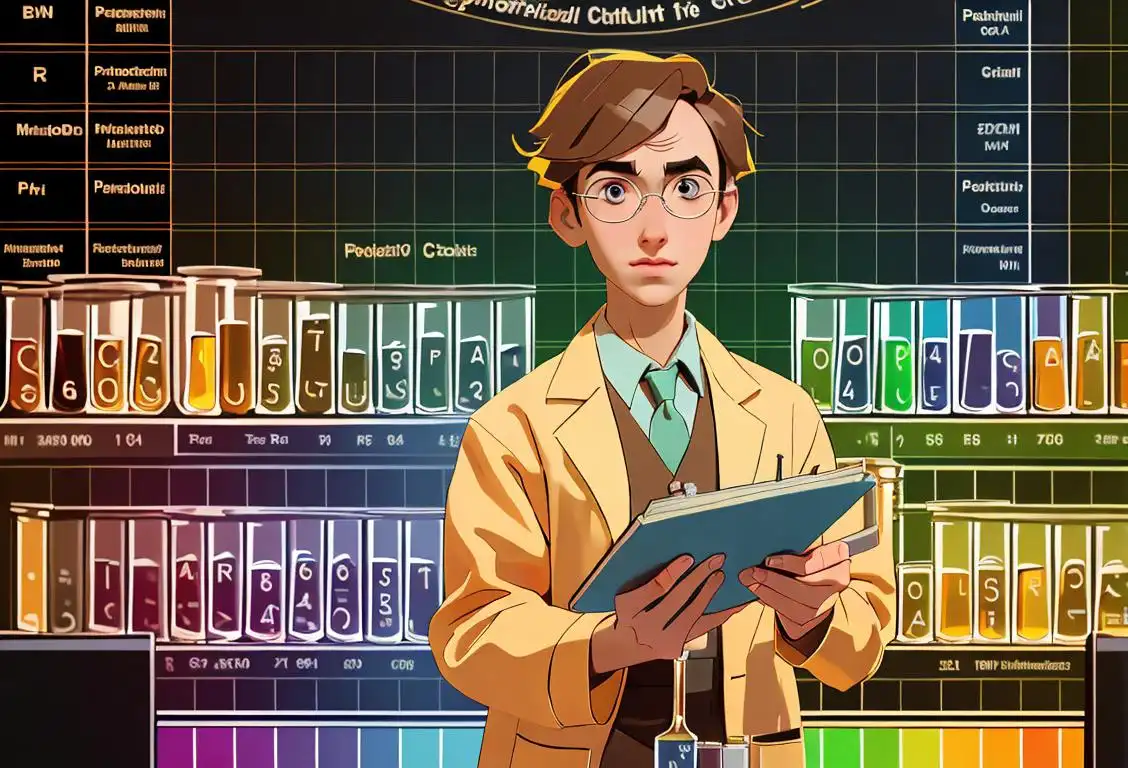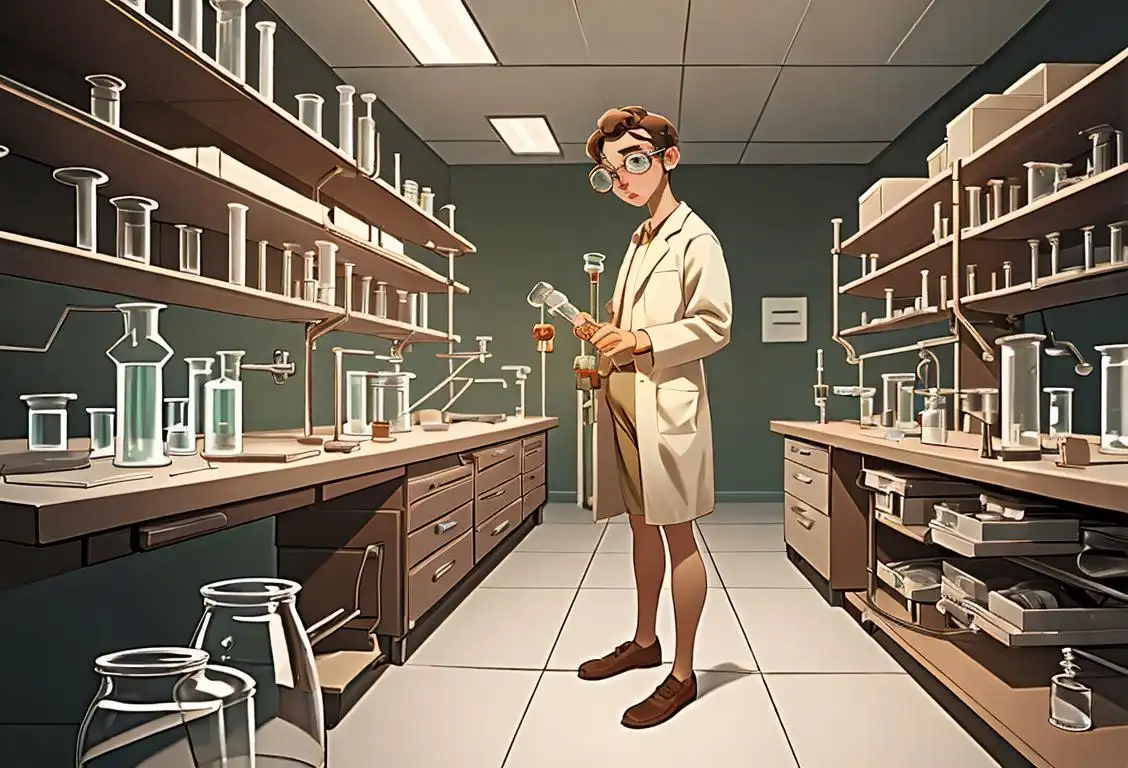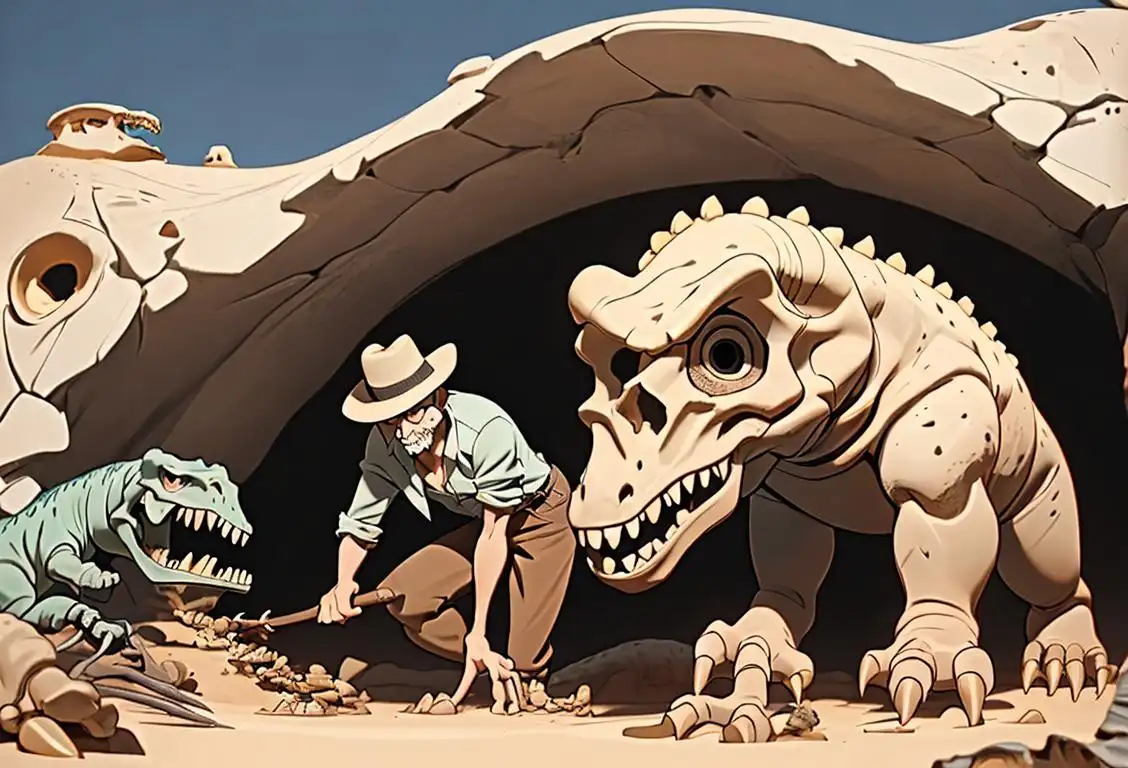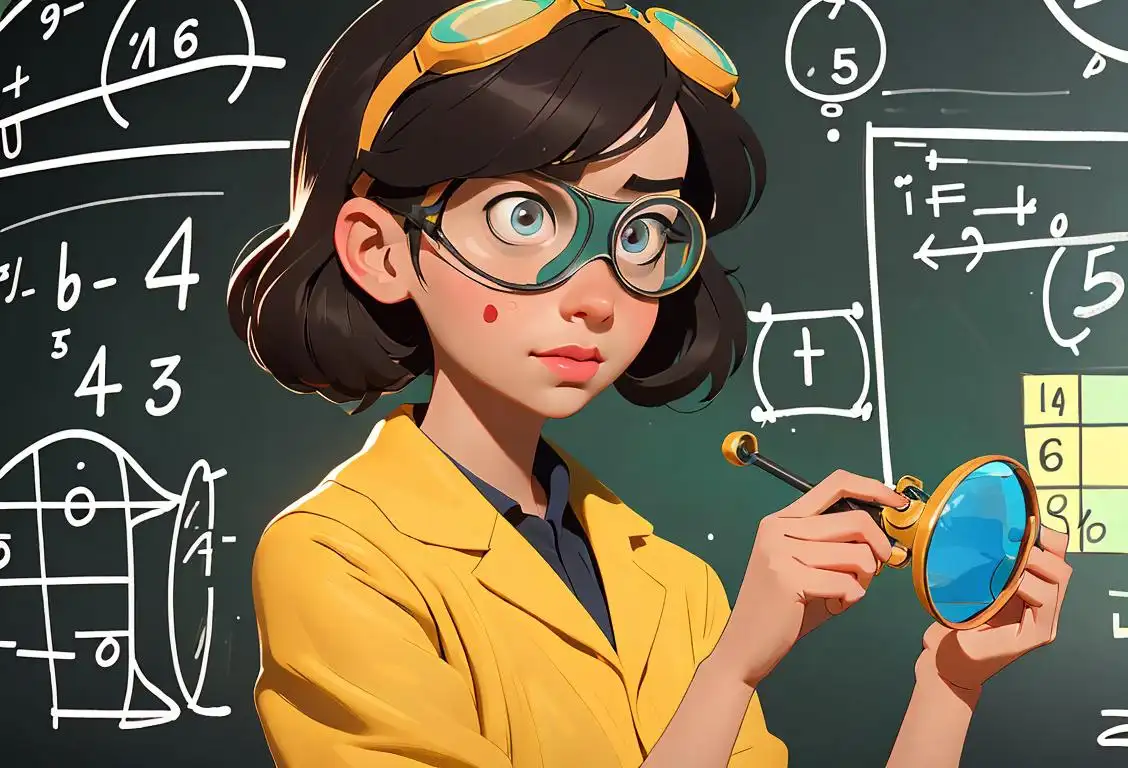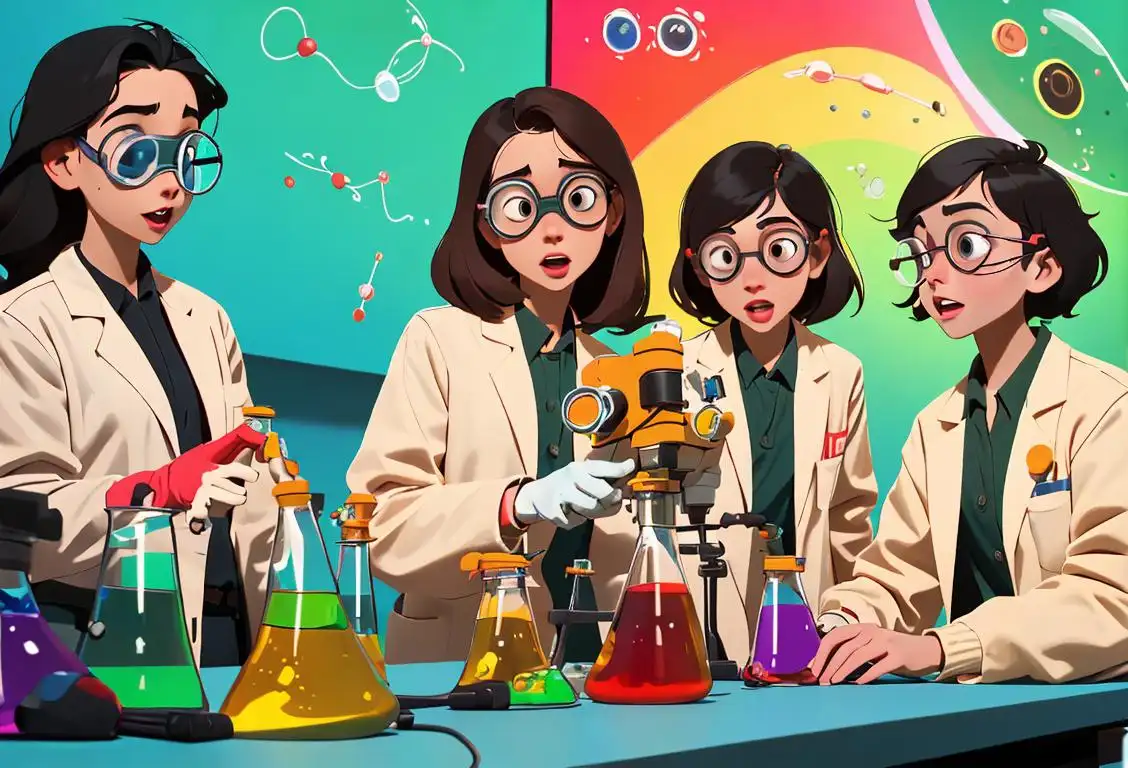National Virus Appreciation Day
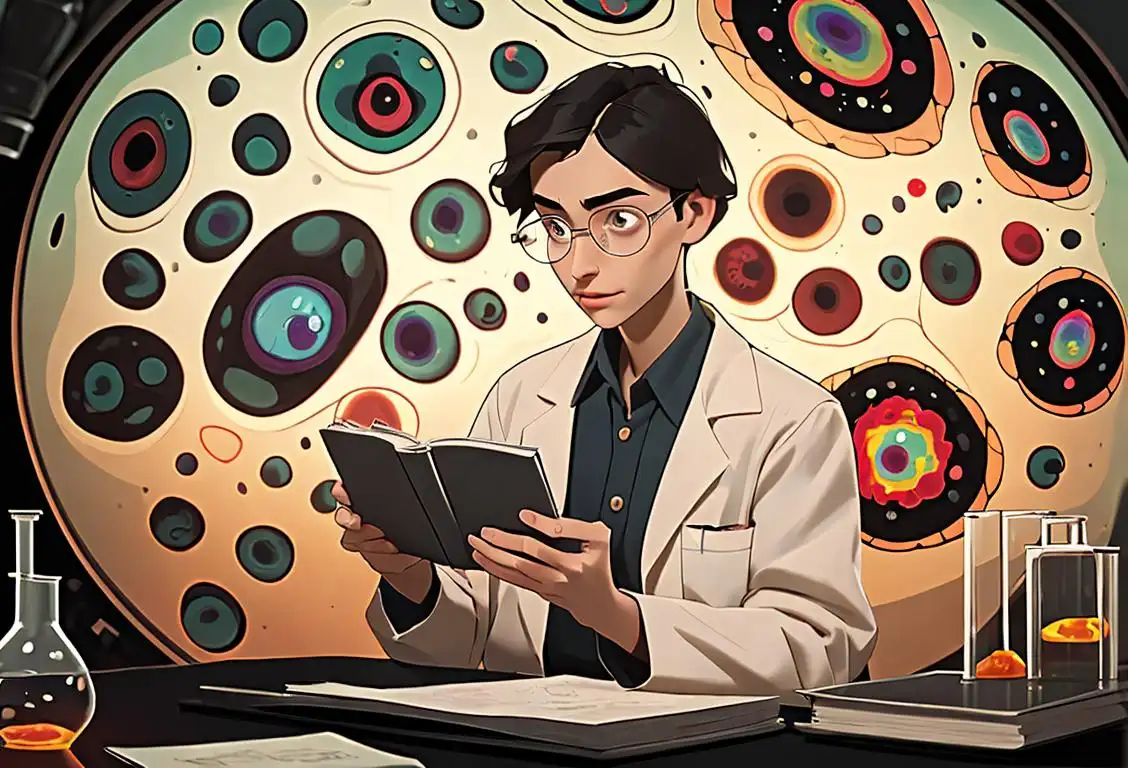
Welcome to the wild and wacky world of National virus appreciation Day! We're here to celebrate those microscopic troublemakers that can wreak havoc on our lives. So grab your hand sanitizer and get ready for a deep dive into the fascinating history of viruses.
When is Virus Appreciation Day?
It's national virus appreciation day on the 3rd October.
The Origins of National virus appreciation Day
Have you ever wondered who in their right mind would appreciate viruses? Well, on a fateful day, someone must have had a slight fever and a peculiar sense of humor, and thus, National virus appreciation Day was born.
While we can't exactly pinpoint the exact moment this peculiar holiday came into existence, we can trace back its popularity to recent years. With the rise of internet memes, quirky celebrations, and a general love for all things strange, it's no surprise that people have latched onto the idea of appreciating these invisible troublemakers.
Why Appreciate Viruses?
You might be wondering, why on earth would anyone appreciate viruses? After all, they're responsible for countless illnesses and discomfort. Well, here's a unique perspective: without viruses, we wouldn't have the immune system we have today. These little buggers have played a significant role in shaping our evolution and the development of our biological defenses.
Viruses have also been crucial in scientific research and medical advancements. Many discoveries and breakthroughs have come about through the study of viruses, allowing us to better understand diseases and develop effective treatments and vaccines.
How to Celebrate National virus appreciation Day
Now that you're on board with appreciating viruses, you're probably wondering how to celebrate this peculiar holiday. Here are a few ideas to get you started:
- Learn About Viruses: Dive into the fascinating world of virology. Read up on different types of viruses, how they function, and their impact on human health.
- Create Virus-Inspired Art: Let your creativity flow by designing virus-inspired artwork. Use colorful patterns and shapes to illustrate these microscopic organisms in a visually appealing way.
- Host a Virtual Virus-Themed Quiz: Gather your friends and family for a virtual quiz night centered around viruses. Test their knowledge and have some lighthearted fun.
Did You Know?
Did you know that the term 'virus' comes from the Latin word meaning 'slimy liquid' or 'poison'? Talk about a fitting name for these sneaky troublemakers!
History behind the term 'Virus Appreciation'
1951
The Discovery of Viruses
In 1951, the electron microscope was invented, enabling scientists to observe and study viruses for the first time. This groundbreaking discovery opened up a new world of understanding about these tiny infectious agents that can replicate inside living organisms.
1982
Virus Appreciation Begins
In 1982, the term 'virus appreciation' emerged to describe the growing interest and fascination with viruses among scientists and the general public. With increased awareness of the significant role viruses play in various aspects of biology, a newfound appreciation for these extraordinary entities began to develop.
1995
Viruses as Research Subjects
By 1995, the scientific community recognized the value of studying viruses not only as pathogens but also as valuable research tools. Viruses became essential in understanding fundamental processes in genetics, immunology, and molecular biology. This recognition contributed to the further advancement of virus appreciation.
2003
Viral Art and Popular Culture
Around 2003, the concept of virus appreciation expanded beyond the realm of science and entered the world of art and popular culture. Artists, musicians, and writers began exploring and depicting viruses in their creative works, using viruses as metaphors for diverse themes such as technology, human behavior, and societal issues. This integration of viruses into various art forms further promoted virus appreciation.
2019
COVID-19 and Public Awareness
The global pandemic caused by the novel coronavirus, SARS-CoV-2, in 2019 and subsequent years brought a sharp focus on viruses and their impact on human health. As the world faced the challenges posed by COVID-19, the general public gained a heightened awareness of viruses, their transmission, and the importance of scientific research. This increased awareness and understanding further fueled virus appreciation worldwide.
Did you know?
Did you know that the term 'virus' comes from the Latin word meaning 'slimy liquid' or 'poison'Tagged
fun education quirky scienceFirst identified
4th October 2016Most mentioned on
3rd October 2020Total mentions
888Other days
Virus Appreciation Day
Bunsen Burner Day
Dna Day
Periodic Table Day
Lab Day
Mole Day
Fossil Day
Stem Day
Youth Science Day
Metric Day
